|
|
 |
Concept: Methodology on New Materials Based Structural System Laboratory
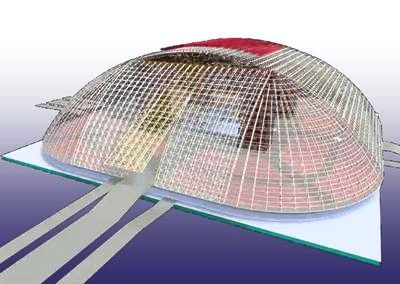
Our laboratory is engaged in researches of steel and reinforced concrete structures. Through investigating advantages and disadvantages of steel and concrete, we make proposals to improve structural safety and to reduce environmental load.
The researches comprise of experimental test with scaled models of building columns, beams and walls, and numerical simulation including finite element analysis.
Research Topics
1. Smart structures based on damage-controlled mechanism
2. Development of new joint systems in structures
3. Investigation of pounding of middle/high-rise RC building under long-period seismic vibration
4. Mechanical models based on constitutive laws and the application to design
Pamphlets and Videos
1. Smart structures based on damage-controlled mechanism
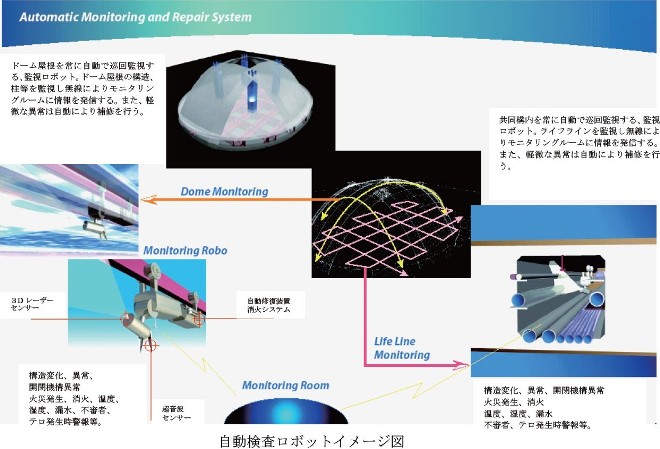
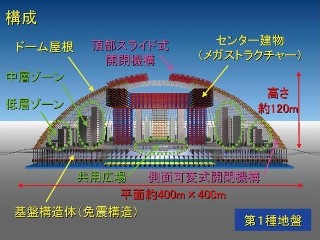
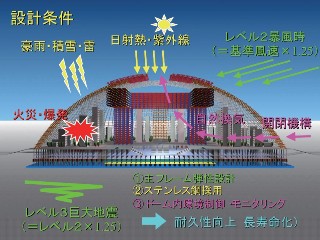
Cementitious Damping Wall
In this study, an energy absorption wall with multi-stage destructive mechanism is experimentally investigated. The wall is made by filling gaps between alignments of energy absorption members. The energy absorption members are made by hybrid fiber reinforced cementitious composites and steel bars. Shear test specimens were prepared with two kinds of energy absorption members and subjected to reversed cyclic loading. The test results show that the energy absorption walls clearly give the multi-stage destructive mechanism as well as ductile hysteresis response.
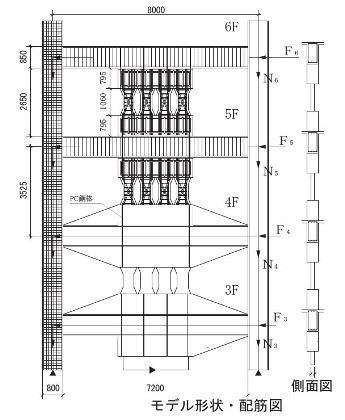
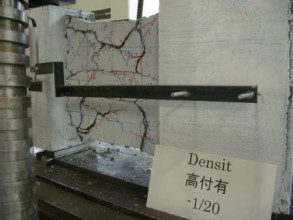
TRIP Alloy
Damage-detection characteristics of Fe–Cr stainless alloy, TRIP (transformation induced plasticity) steels are investigated. Capability of TRIP steels in assessments of structural performance degradation is evaluated through material tests. Magnetic characteristics of TRIP steels under tensile and compressive uniaxial loadings are investigated through the measurement of induced voltage. The stress–strain hysteresis and the associated magnetic alternation of TRIP steels are identified. In addition, plate-bending tests and beam-bending tests are carried out in order to study the damage-detection characteristics. Dual function of TRIP steels, serving as both a high ductility load-carrying member and a sensor to monitor damage accumulation, is finally confirmed.
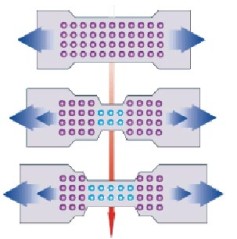
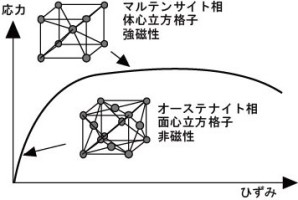
2. Development of new joint systems in structures using steel chip reinforced cementitious composites (SCRCC)
Steel fibers mixed in fiber reinforced cementitious composites are processed in various shapes with various coatings to improve mixing and bond in mortar. However, these processes increase the costs of the fibers. If sawdust, or steel chips, wasted from lathes in metalwork factories can be used as an alternative of the steel fibers, then they will contribute to reduce the amount of the wastes, the costs, and save the steel resources.
Up to now, the steel chips are regarded as a kind of industrial wastes and subjected to the landfill disposal instead of the reuse. We attempts to use steel chips of “precisely-processed steel plates (PPSL),” whose quantity of production is remarkably increasing. Our tests show that the steel chips of PPSL successfully enhance the strengths and ductility of the cementitious materials without deteriorating the workability.
It is thought that one of the most effective applications of the SCRCC to structural members is base-column joints of steel structures. The structural test shows that the strengthening with the SCRCC is not superior to the SFRCC, but considerably enhance the load comparing to the strengthening with the normal concrete. The ductility is also enhanced so that shear fracture of strengthening parts are prevented.
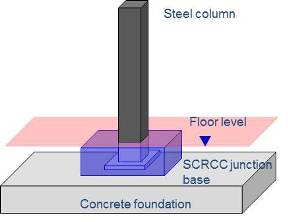
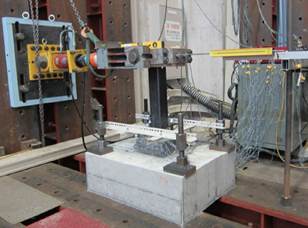
Structural test of base-column joint using SCRCC
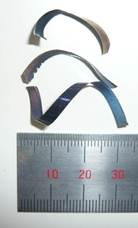
Steel chip (SC) of precisely-processed steel plates (PPSL)
3. Investigation of pounding of middle/high-rise RC building under long-period seismic vibration
On September 19, 1985, middle/high rise buildings in Mexico City were severely damaged. A 14-story RC residential building Nuevo León is known to have suffered the most severe damage. It is supposed that the natural period was elongated due to structural damage including and resonance with the ground motion occurred. The building consisted of three structurally independent units and pounding between the units occurred and significant impact load was applied to the building structure.
This study attempts to quantitate the period-elongation and the impact load due to contact/friction by means of finite element analyses and experimental tests.
The evaluated pounding load induced between the building units. This load is 2.9 times the flexural strength of the column on the 14th story although it is resisted by the shear/flexural capacities of several adjacent columns. The analysis indicates that the pounding is accompanied with the friction in the transverse and up-down directions.
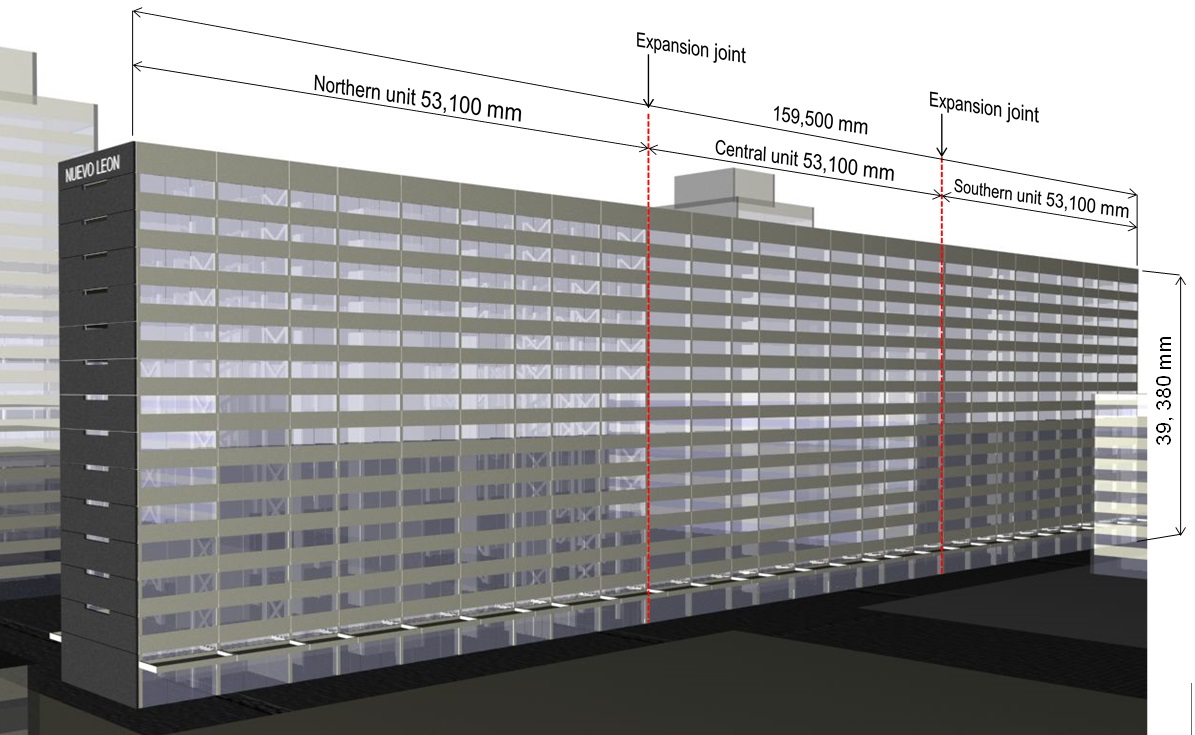
3. Mechanical models based on constitutive laws and the application to design
The damage of reinforced concrete structures, especially crack propagation, is principally governed by stress transfer between steel and concrete, namely the “bond” mechanism. Our group is devising a numerical procedure that simulates the precise damage condition of structures under seismic load. Incorporated with a finite element algorithm, this procedure visualizes crack patterns, stress flow, steel displacement (bond slip), and so on.
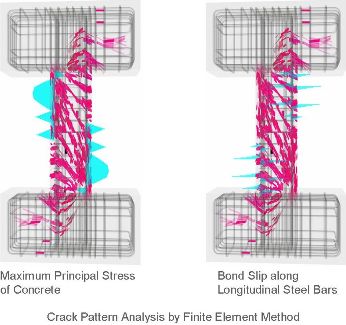
Pamphlets and Videos
|
|
|
|
|